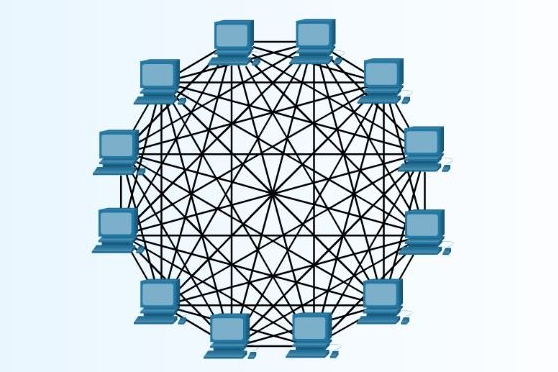Published on the 31/03/2016 | Written by Newsdesk

Business and technology investments should be structured in a way ‘that will capitalise on the new economic realities of a digital economy’…
That’s according to Gartner, which has raised the concept of the ‘economics of connections’ which it says is central to digital business. “In the flash of a digital business moment, a customer may become a partner or even competitor,” said Betsy Burton, VP and distinguished analyst.
“Digital business requires an organisational architecture that seamlessly accommodates economic agents in different roles depending on context, and can cope with an exponential increase in interactions from many different things, people and customers.”
At iStart, we’re of the view that ‘digital business’ started more or less at the point that the first computer went into commercial use. That would be UNIVAC one, the United States Census Bureau and 1951.
Much has changed since then and the process of business digitisation continues apace. Gartner’s ‘economics of connections’, it said in a statement, builds upon Metcalfe’s law, obscure except perhaps to aficionados of the telecommunications industry.
That’s because the law states that the value of an agent within a network increases exponentially as the number of connections increases. For example, a network of two telephones can only make one connection, but a network of five can make 10 connections, and so on.
“Digital business significantly changes the type of value calculation that guides investment decisions,” said Burton. “First, tens of billions of things will join the billions of people and millions of businesses online. Second, any of these agents will be able to play multiple roles: customer, partner, supplier, employee, competitor, or a combination of them.”
The exponential increase in connections that digital business brings and the different roles each agent may take in the network are making the architecture of digital business ‘less siloed’. “People, processes, information and technology are more fluid and integrated,” said Burton. “To accommodate these dynamic connections among people, businesses and things, enterprise architect [EA] practitioners will have to design a digital business architecture to support them.”
In addition, EAs must – yes, Gartner went for the imperative – create deliverables that help business and IT leaders engage agents beyond the initial transaction. “EAs need to start developing unified solutions to track dynamic contextual information about various agents in different roles, as well as what drives their behaviour,” said “With this ecosystem, they can identify the critical agents in their digital economy and quantify their value in terms of money, goods, influence and reputation.”



























